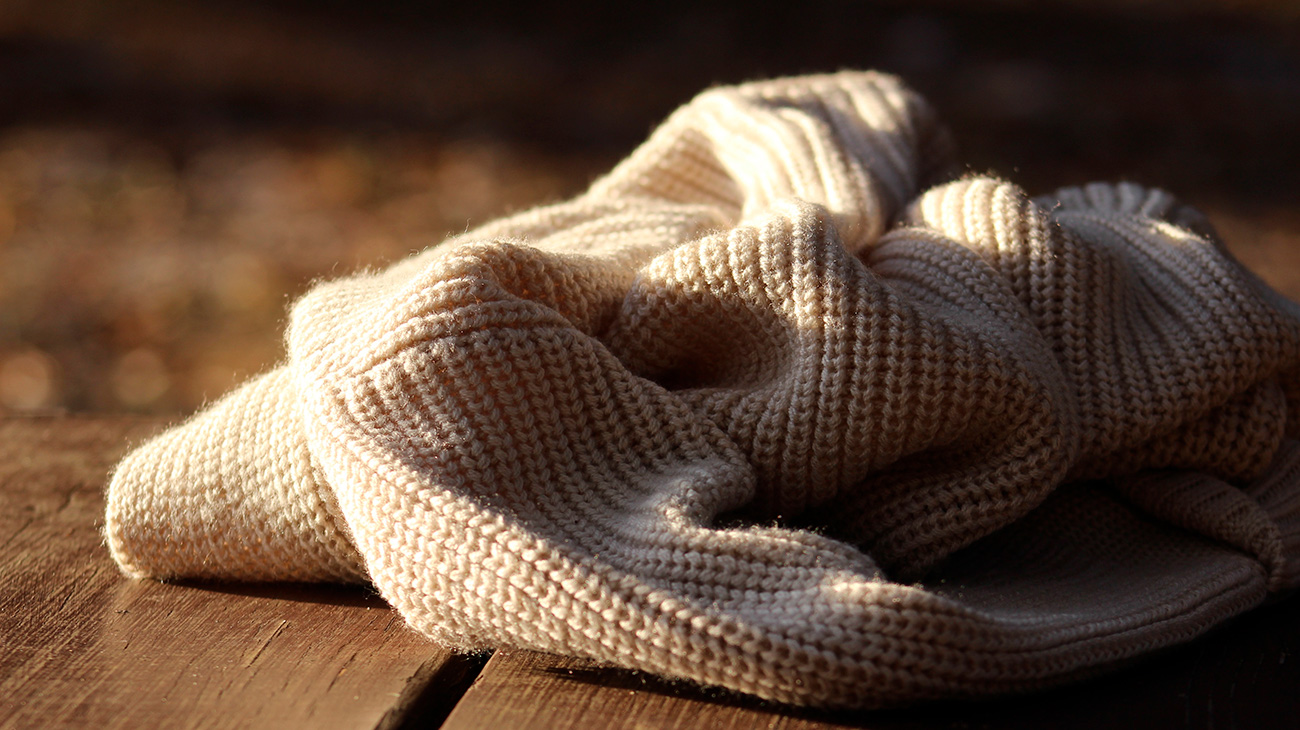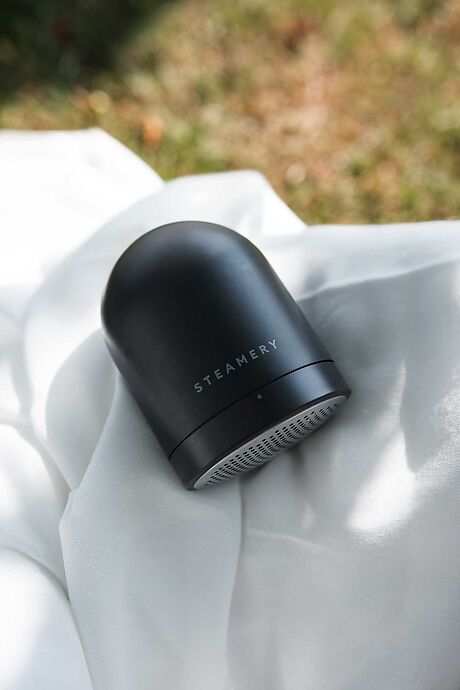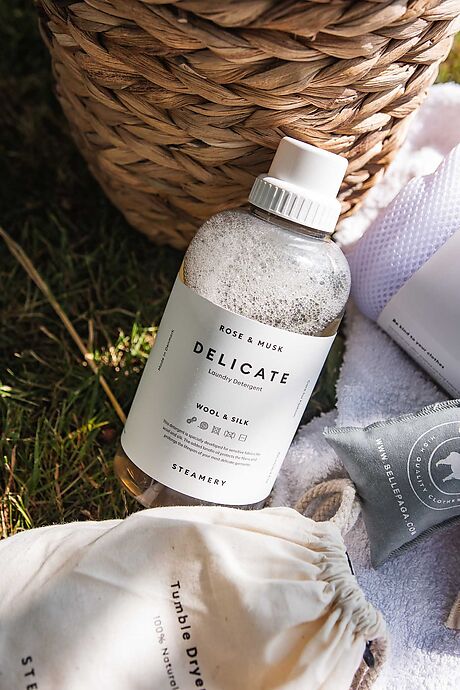How to Remove Wool Pills from Clothing

How to Remove Wool Pills?

Solutions for removing pilling on wool articles
-
Let's start with the simplest solution. Remove the pills by hand! It often requires a lot of time, but this method allows to be precise and the result is guaranteed!
-
The second method is also well known, it is the adhesive roller. Not only does it remove the hair from your clothes, but also the pills sticks right to it. The roll is very easy to find in the clothing section of your supermarket and is easy to use. Simply remove the first layer of paper and pass the roll over the fabric. If it no longer sticks, remove the second sheet and so on.
-
Some people tend to choose the tweezers, which are effective against annoying pimples or those pills that are strongly attached. It is one of the slowest, but it remains one of the safest ways.
-
The use of velcro to remove lint is also very effective. In fact, the velcro lint brush is similar to the simple hairbrush, but has a special pad that holds the lint.
-
The fifth method is to take an old nylon tights, put your hand inside and rub from top to bottom on the fabric. This way the pills will stick to your pantyhose, perfect to get rid of them!
-
Most wool specialists recommend using a lice comb, or a baby hair comb. Both have fine combed teeth that will hold the pilling. The trick is to put your sweater flat and be careful when you comb it. This method is ideal for small damaged surfaces.
-
You can easily remove your pilling with sandpaper, sandpaper or the abrasive side of a sponge. Simply tighten the fabric firmly and gently rub it with one of the three proposed solutions. Be careful not to insist on any particular area, as this could damage the fabric. This method is most effective when you want to get rid of pilling on patterns, such as in the case of a plaid.
-
One method is to remove the pilling with a razor. Simply tension your item tightly and then pass the razor blade over the damaged surface from top to bottom. This will hold the pills in the blades and make the fabric softer and sharper. If you choose this method, it is preferable to choose a 3-blade model. This will reduce the risk of damaging the fabric, especially if you choose a worn (less sharp) razor. Note that despite its effectiveness, this method remains perilous.
-
If you are confused about the blades of the basic razor, you can also get a special electric sweater razor, available in store. This small anti-pilling machine has a removable collecting tray and gives you the possibility to adjust the cutting height to 3 positions.
-
The last method, also very effective, is to use a pair of scissors. Very effective when confronted with thicker plush toys. It is recommended to combine the scissors with one of the above methods for the more delicate parts.
Everyone knows that prevention is better than cure, so it is essential to pay attention to your fabrics when caring for them.
In order to care for your alpaca wool garments in the best possible way, here are some tips.
This mysterious alpaca wool has a fibre 4 times more resistant than sheep's wool. This wool of the gods can be kept in its original state for many years if it is well cared for.
For washing, choose a good, gentle shampoo and use as little detergent as possible. We invite you to take a look at our different types of natural cleaning products specially designed for washing alpaca wool or any other delicate wool.
We also recommend dry cleaning or hand washing in lukewarm water (between 10 and 20 degrees) with a mild shampoo. The temperature of the water is very important, as washing at too high a temperature could cause your alpaca wool item to felt.
Hand washing is the best way to keep your hat and scarf in top condition. Simply run warm water through the wash and rinse, and do not wring out or twist the item after washing: simply press gently to remove excess water.
As for drying, alpaca wool products (hats, scarves and others) cannot be dried in the dryer! Place your item on a clean towel so that it absorbs water and dries faster. You should also air dry flat to avoid stretching the fibres of your alpaca wool product.
As for ironing, alpaca wool garments have the advantage of not creasing. However, if you want to iron your product, turn the garment inside out! Also place a cloth between the iron (at low temperature and without steam) and the garment to avoid damaging it. Your alpaca wool garment will then have a smooth effect without being damaged.
A reminder from BellePaga:
Alpaca wool items such as hats or scarves do not retain bad odours or dust. You can therefore only wash them at the end of the season.
Don't panic! Alpaca fibre can stain the water during the first few washes, as it is dyed. Small recommendation: wash your items separately or with items of the same colour!
BellePaga tip: To keep the fibres of your alpaca wool garment as good as new for as long as possible, put your knitwear in the refrigerator for 48 hours. The cold allows the fibres to tighten and become more resistant. Fiber breakage and pilling will not be possible if the fibers of your garment are perfectly preserved!
-
Anti-pilling shaver
59,00 €
-
Delicate Wool Shampoo - 750ml
19,00 €




